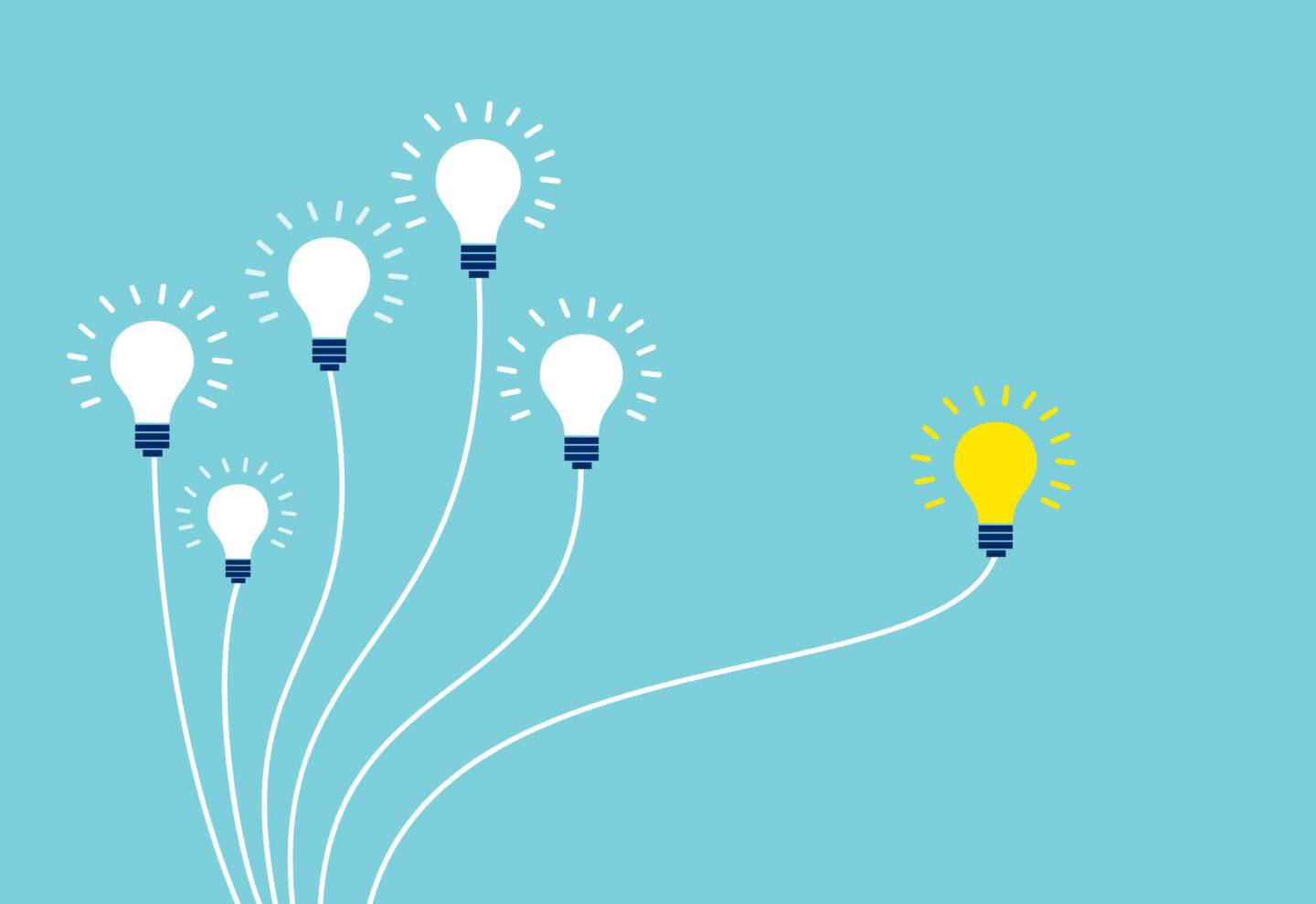
Three Resolutions To Improve Your Compliance Momentum
January 20, 2020
Oh, New Year’s resolutions… Love them or hate them, they become a central topic of conversation every year. How many of us swear we’re going to hit the gym three times a week or learn a new language? These lofty – and often unrealistic – goals seem like a great idea until we try to live up to our own expectations. Experts predict most “resolutions” fall by the wayside by the time February rolls around.
So—when my best friend gifted me a “be your best self” type workshop series over the holidays I was slightly skeptical. But this journey has been a pleasant departure from those pie in the sky resolutions of the past. Sure, there are goals involved, but these are different. Goals are turned into “microhabits”, which are 1-minute activities we can easily accomplish during our day. As long as we’ve put in our one minute, we can call it a successful day. These small changes are designed to encourage a sense of accomplishment while reprograming your routine. Soon, that one minute of movement in the morning turns into five, then ten, then you’re on a roll.
It made me think. In the course of our busy days managing compliance, some of our goals get kicked further down the list to make room for the bigger more pressing issues of the day. It happens. But what if we instituted a few microhabits into our compliance routine and built from there? So, let’s think about moving, cutting back, and learning something new from a different lens.
To start, here’s three to consider doing for one minute or more:
1) Move – Get out from behind your desk
Take a minute to walk to a different area of your office or campus and introduce yourself to someone you haven’t met. Ask questions about how things are going, and more importantly, lean in and listen to what they have to say. In a world where we’re connected by technology, it goes a long way when employees can put an authentic face to the “compliance department”.
These small conversations open communication channels and can have a big impact when employees that you’ve taken the time to meet see something that doesn’t pass the ethical sniff test. They also further your culture of compliance by promoting trust and transparency. At a minimum, your new connections will know who to call with questions. And you’d be amazed at what people end up telling you.
I’ve seen this work wonders in practice where employees I’ve met and had regular ole’ conversations with (yes, compliance practitioners are people too and have lives outside of the seven elements) called me just to ask a question about something they experienced or saw. Sometimes, it was nothing. Other times, it was worthy of further action. But my point is, my phone would have never rang had I stayed behind my screen.
2) Cut back – Really look at your calendar
Take a minute to look at your calendar. Is your day filled with meaningful work that moves your compliance program forward? If not, maybe it’s time to re-prioritize your day to better align with your department’s strategic plan. Think of it as calories in, calories out. We want to spend calories on matters that yield the best results for our company.
This includes tasks that you have been doing that don’t actually belong to you. We’ve all been there – you do things because they’ve always been done by someone in your group. But why? Now is the time to identify the rightful owner and talk about why the responsibility should rest with them. I’ve seen this go smoothly and I’ve also seen this get slightly contentious because let’s be honest…who really wants to inherit new work. Your partnership and support here will be instrumental in a smooth transition.
Once you’re ready to reprioritize, use your calendar! Start by adding items to your calendar in blocks, placing your highest priority items at the beginning of the day when your energy and focus is high. Things may shift during your day, which is why it’s important to also block a few minutes towards the end of each day to plan for the following day.
And this last piece of advice may be a bit controversial for you overachievers out there – but consider adding at least thirty minutes for a lunch break where you physically leave your desk. I am personally guilty of this one, but I have to admit since I’ve blocked a bit of time to get up and outside for a few, I didn’t realize just how much working straight through lunch had a negative impact on my energy and focus.
3) Learn something new – Add to your compliance repertoire
It’s critical to be aware of compliance and ethics emerging issues, regulatory updates, and best practice information. Take a minute to read an industry-related article, a few pages of a book, or even listen to a slice of a podcast daily.
If you’re a member of a professional organization, like SCCE for example, take advantage of content they offer up – think weekly news, podcasts, or even a Webinar if you can carve out more time. Other sites like LinkedIn offer up a variety of timely and relevant posts your professional network find interesting. A couple of other sites in my favorites list perfect for a quick read: Radical Compliance, the blog of Matt Kelly, former long-time writer, editor, and publisher of Compliance Week and, for those interested in Behavioral Science, Human Risk Newsletter authored by behavioral scientist Christian Hunt .
It’s also important to understand your industry vertical. Improving your business acumen goes far when you have to speak with operational folks or gain buy-in from the business on an initiative you want to roll out. Take advantage of professional development offerings at your company. In my former role, my company offered an “Understanding the Energy Industry” session, along with others, that proved very helpful in laying out the strategies and priorities of the business. If you’re unclear whether your company offers these sessions, ask! Start with HR, who may have some organizational development responsibility.
Speak to a Compliance expert
Learning Pool delivers compliance training courses that guarantees topic mastery in as little time as possible through the use of intelligent data. By adapting learning to respond to individual actions, we create extraordinary outcomes for individuals and companies alike. Request a demo to learn more today.
Got a learning problem to solve?
Get in touch to discover how we can help

